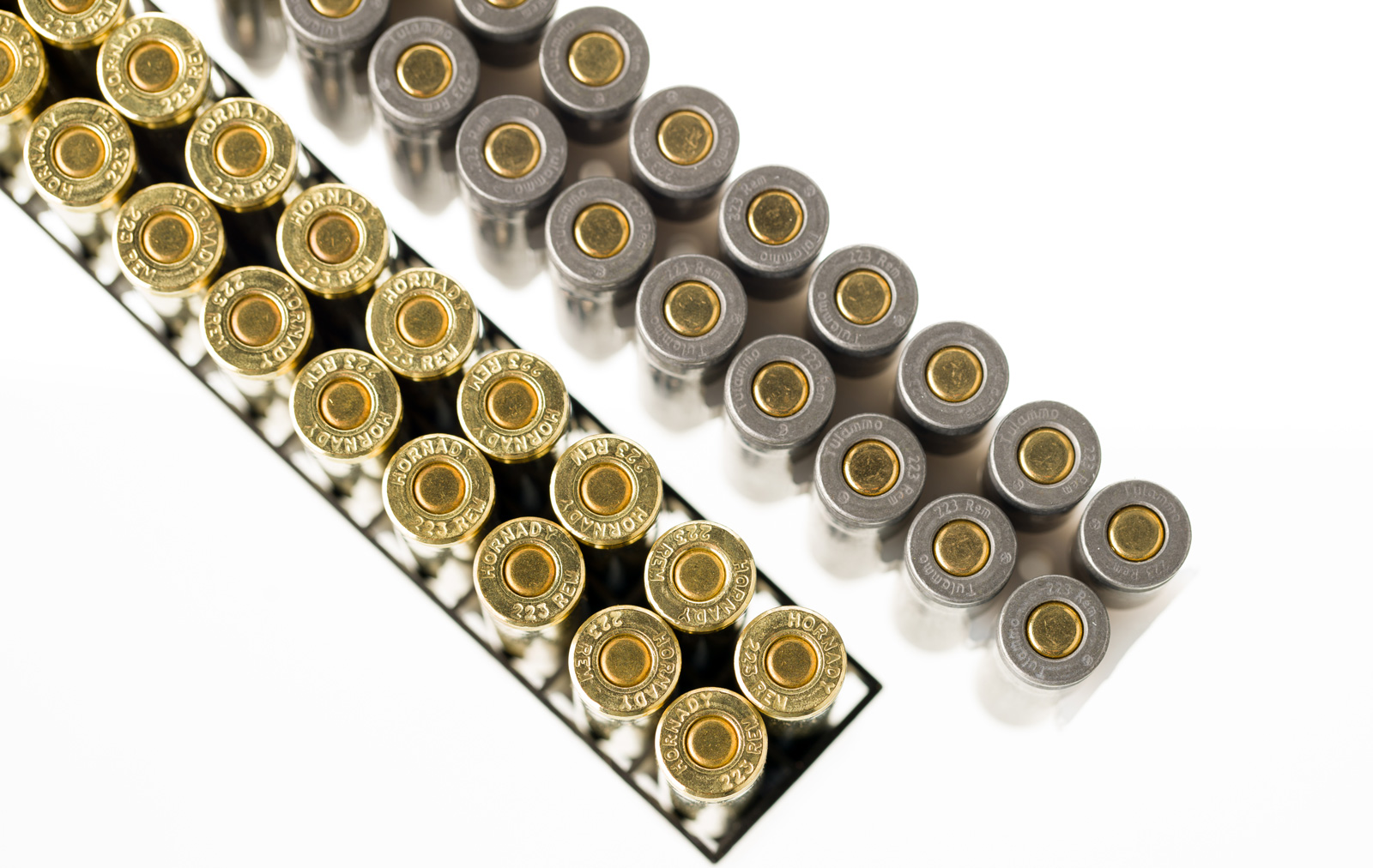Unknown Facts About Small Pistol Primers
Wiki Article
The Definitive Guide for Federal Primers
Table of ContentsFascination About Rifle PrimersNot known Details About Primers In Stock The Greatest Guide To Cci PrimersSee This Report about Cci PrimersGetting The Pistol Primers To Work
Some muzzleloaders have guides like cap gun caps. https://63452f8ab9d57.site123.me/blog/the-25-second-trick-for-pistol-primers.
Instances include pistol cartridges, rifle cartridges, and shotgun shells. Larger weapons items on the other hand commonly use electrical priming. In weapons the guides are regularly a separate element, positioned inside the barrel to the rear of the major propellant chargebut there are various other examples of weapons, consisting of for instance some automatic tools, designed to shoot cartridges with important electric primers.
3 Simple Techniques For Small Pistol Primers

This hole was full of carefully ground powder, which was after that fired up with a hot ember or torch. With the development of hand-held firearms, this became an unwanted means of firing a gun. Holding a burning stick while trying to pour a fee of black powder very carefully down a barrel is unsafe, and also attempting to hold the weapon with one hand while all at once targeting at the target and also searching for the touchhole makes it really hard to fire precisely. [] The very first attempt to make the procedure of firing a tiny arm easier was the "matchlock".
The suit was a slow-burning fuse made of plant fibers that were soaked in an option of nitrates, charcoal, and sulfur, and also dried out (https://gcc.gl/RkI68). This "slow-match" was fired up prior to the gun was required, and it would gradually shed, maintaining a warm cinder at the burning end. After the gun was packed and the touchhole primed with powder, the burning tip of the suit was positioned to ensure that the lock would bring it into call with the touchhole.
Some Known Details About Pistol Primers
This brought the suit to the touchhole, igniting the powder. With mindful interest, the slow-burning suit can be kept melting for lengthy durations of time, and the use of the lock mechanism made rather precise fire feasible. The next transformation in ignition innovation was the "wheel-lock". It made use of a spring-loaded, serrated wheel which scrubed against an item of iron pyrite, comparable to a contemporary lighter.

The covered flashpan likewise gave some ability to stand up to poor weather. The wheel-lock delighted in just a brief period of popularity before being superseded by an easier, a lot more robust layout.
The Greatest Guide To Pistol Primers
The flint was held in a spring-loaded arm, called the "dick" from the similarity of its motion to a pecking hen. The cock revolved through roughly a 90-degree arc and was held in the tensioned, or "cocked" position by a trigger.The "half-cock" position held the penis midway back, and made use of a deep notch to make sure that pulling the trigger would not release the penis. Half-cock was a safety and security placement, used when loading, saving or carrying a packed flintlock. The "full-cock" position held the dick right back as well as was the position from which the weapon was terminated.
It functioned as both a flashpan cover and also a steel striking surface for the flint. The frizzen was pivoted and also spring-loaded so that it would secure the open or closed placement. When shut, the striking surface was placed to ensure that the flint would strike at the proper angle to create a trigger.
Pistol Primers for Dummies
The flintlock device was less complex and also stronger than the wheel-lock, and the flint and steel offered an excellent, reliable source of ignition. The flintlock continued to be in army solution for over 200 years, and also flintlocks are still made today for historical re-enactments as well as muzzle-loading target competition, and also for hunters who take pleasure in the additional obstacle that the flintlock gives.Percussion ignition was developed by Scottish clergyman Rev. Alexander John Forsyth in 1807 yet required additionally improvements before it was progressively approved in the 1820s to 1830s. By the middle of the 19th century, the percussion or caplock system was well established. It was adopted by both sides in the American Civil War, as it was easier and extra trustworthy than the flintlock.
The site here flashpan and also frizzen were removed and changed by a tiny, hollow horizontal cylinder (drum) screwed into the bored-out and tapped flash hole as well as carrying a "nipple area" over which the cap can be fitted. A "hammer" which likewise had half-cock (for filling as well as applying the cap) and full-cock placements changed the cock.
Report this wiki page